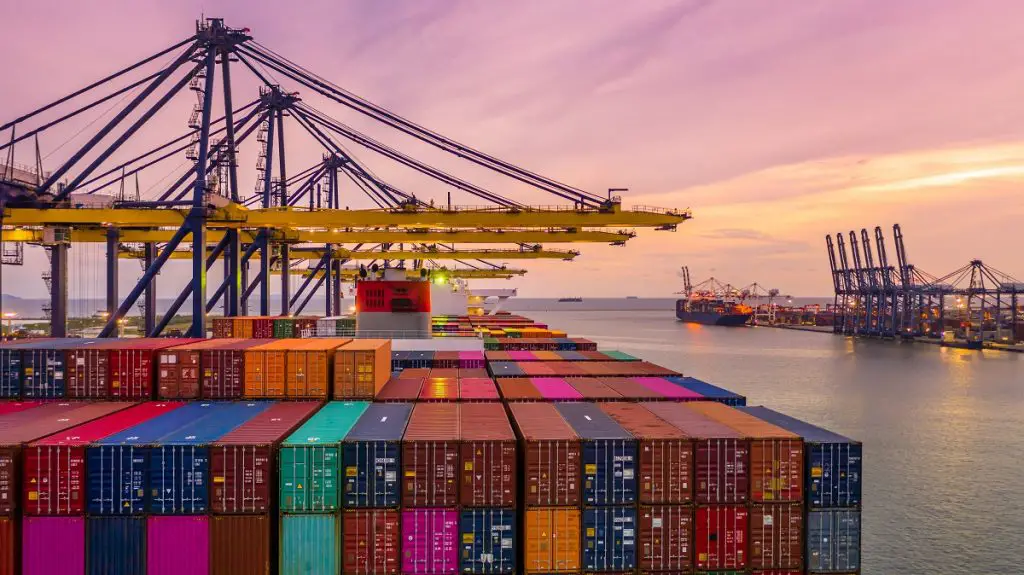The East African region is transforming with multibillion-dollar projects planned or already underway in the different sectors of their economies.
With such projects, the region is seeking to grow their economies by ensuring that their citizens have safe and affordable housing, electricity for the manufacturing sector and efficient transport systems to enable the movement of goods and people in these countries.
Ethiopia’s Revival
The most notable project is the Grand Ethiopian Renaissance Dam (GERD) which has brought a lot of disquiet to Egypt and Sudan which rely heavily on the River Nile waters.
Read: Is Kenya abandoning trading blocs’ agreements for the US?
Located about 15 km east of Sudan’s border with Ethiopia, the GERD is a gravity dam on the Blue Nile River that has been under construction since 2011.
The dam in Ethiopia’s Benishangul-Gumuz Region is expected to ease power shortages in Ethiopia which is seeking to grow its economy of 110 million people.
Ethiopia plans to start filling the dam in July but Egypt remains opposed to the plan while Sudan has refused to sign a partial agreement for this first filling.
The East African nation is in a race to connect its population to the grid by 2025 with GERD remaining a part and parcel of Ethiopia’s economic and political development strategy.
Ethiopia had also planned to do a second phase of its famed railway projects in the Awash-Kombolcha–Woldia/Hara Gebeya line. However, this project has been delayed due to lack of finances. The line stretches from the eastern to the northern part of the country and it could become an Achilles heel for the nation that is opening up now after decades of political suppression.
Kenya’s White Elephant?
Another East African nation with megaprojects is Kenya whose 969 km Standard Gauge Railway (SGR) from Mombasa to Malaba has faced headwinds being forced to terminate at a dry port in Naivasha. This US$9.9 billion project has been billed as one of Africa’s largest and most ambitious transport infrastructure projects.
Phase one of the project covering 472km from Mombasa to Nairobi cost US$3.27 billion while the 120km phase 2A from Nairobi to Naivasha was constructed at a cost of US$1.5 billion. Extending the railway line to Kisumu at a cost of US$3.7 billion hangs in the balance since funding has seemingly run short.
Another big project in Kenya is the modernization of the Mombasa Port.
Four berths are expected to be constructed at the port with work projected to start in mid-2020. The expansion has been advised by the growing demand for imported cargo in the larger East African region. The project is financed by the European Investment Bank and AFD, the French development agency.
Also read: Intra-regional trade could create 2 million new jobs for East Africa
Kenya Ports Authority‘s master plan once Phase 2 and 3 are complete shows that the total capacity of the second container terminal will be 1.5 million TEUs. By 2025, the total container handling capacity will have grown to 2.65 million TEUs.
Harnessing Hydroelectricity in Uganda
Uganda’s 600 MW Karuma Hydroelectric Power Station will become the East African country’s largest power-generating installation when completed. As the 14th largest underground power station in the world, Karuma’s electrical-mechanical installations are approximately 100 metres underground with 26.5 kilometres of underground access roads.
Construction started in 2013 and additional high voltage transmission lines have seen commissioning of the power station moved to November this year.
Tanzania Gearing-up with Mega Projects
Tanzania has edged out Kenya in terms of mega projects with its SGR, gas pipelines and other projects which have primed the country to reap big in years to come.
One of the biggest projects in Tanzania is the US$11 billion Bagamoyo Port which is being constructed as a collaboration between Tanzania, China and Oman.
The ambitious Bagamoyo Port project is being developed alongside 190 industries on a 1,700-hectare special economic zone next to the port.
When fully complete in 2045, the infrastructure project is intended to become Africa’s largest port handling 20 million containers annually.
This project is well in positioning Tanzania to become a regional economic powerhouse.
Rwanda’s Mega-scale Airport
In Rwanda, the Bugesera International Airport (BIA) is currently under construction.
On completion, BIA which is located in Bugesera District which is approximately 25km south-east of Kigali, the capital city of Rwanda will replace the existing Kigali International Airport.
The new airport is expected to handle approximately three million passengers by 2030 up from the 1.7 million passengers a year initially.
BIA will initially have an initial peak hour capacity of 450 passengers and will be done in two phases. Phase one involves the construction of a passenger and a cargo terminal building and a 4.2km-long runway among other developments while phase two to four will further expand the airport.
Qatar Airways has taken a 60 per cent stake in the airport after Portuguese investor Mota Engil was pushed out of the deal.
The construction of the airport will cost an estimated US$1.3 billion from the US$825 million previously.
